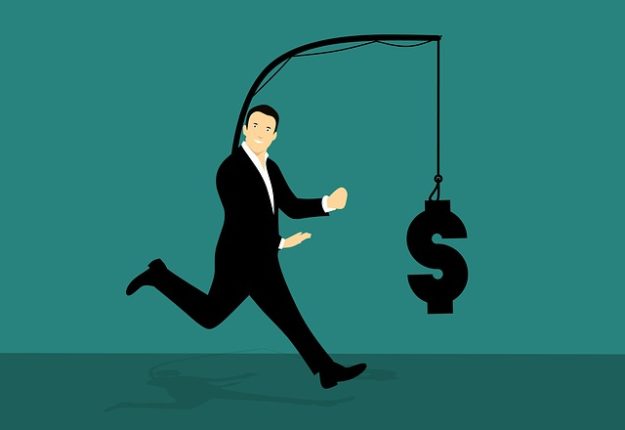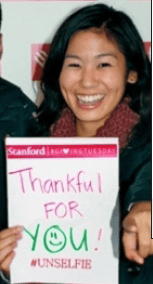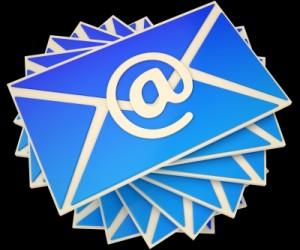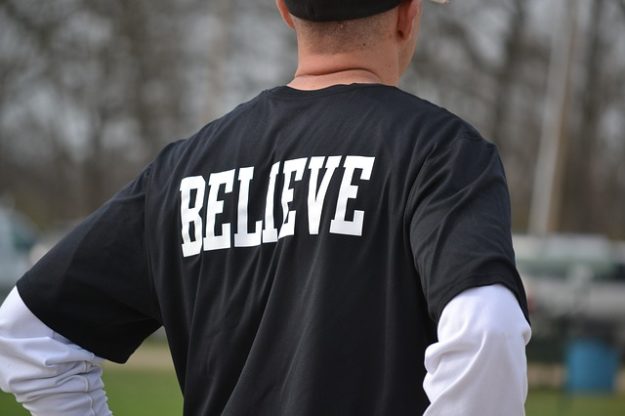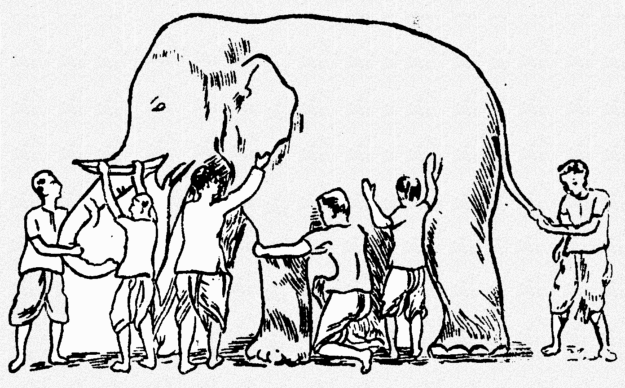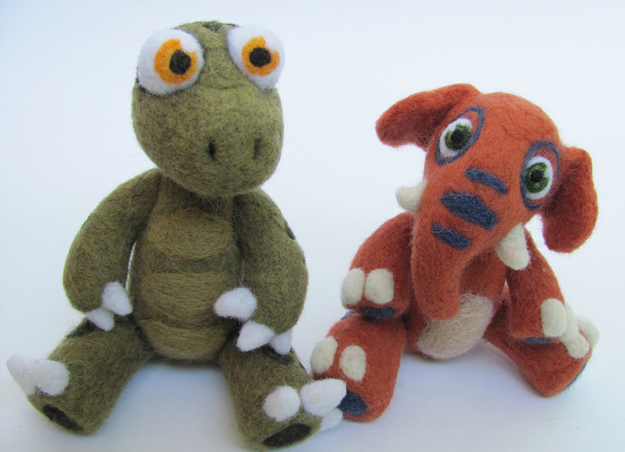Are You Reading Your Major Donors Correctly?
Some years ago I had the opportunity to present a major gifts master class where Jay Love, Founder and President of Bloomerang (and a board member and major donor himself) offered his thoughts on major gifts development from the donor’s perspective.
SO important!
The more that you know, the less they’ll say “No!”
The more you know:
- what floats your donor’s boat,,,
- what other things compete for your donor’s attention (not just causes, but also career and family)…
- how your donor prefers to communicate…
- how your donor prefers to be wooed…
- how your donor prefers to be recognized…
… the more likely you’ll get a “Yes.”
If you can’t show your major donor prospect you really know them, how can they trust you’ll be a good steward of their passionate philanthropic investment?
We all want to be known before we enter into a major engagement.
Which brings us to the crux of successful major donor development. Not surprisingly, it begins and ends with the same thing.
Can you guess what that might be?





 This Thursday folks in the United States will celebrate what I consider to be the social benefit sector holiday of the year: Thanksgiving!
This Thursday folks in the United States will celebrate what I consider to be the social benefit sector holiday of the year: Thanksgiving!
